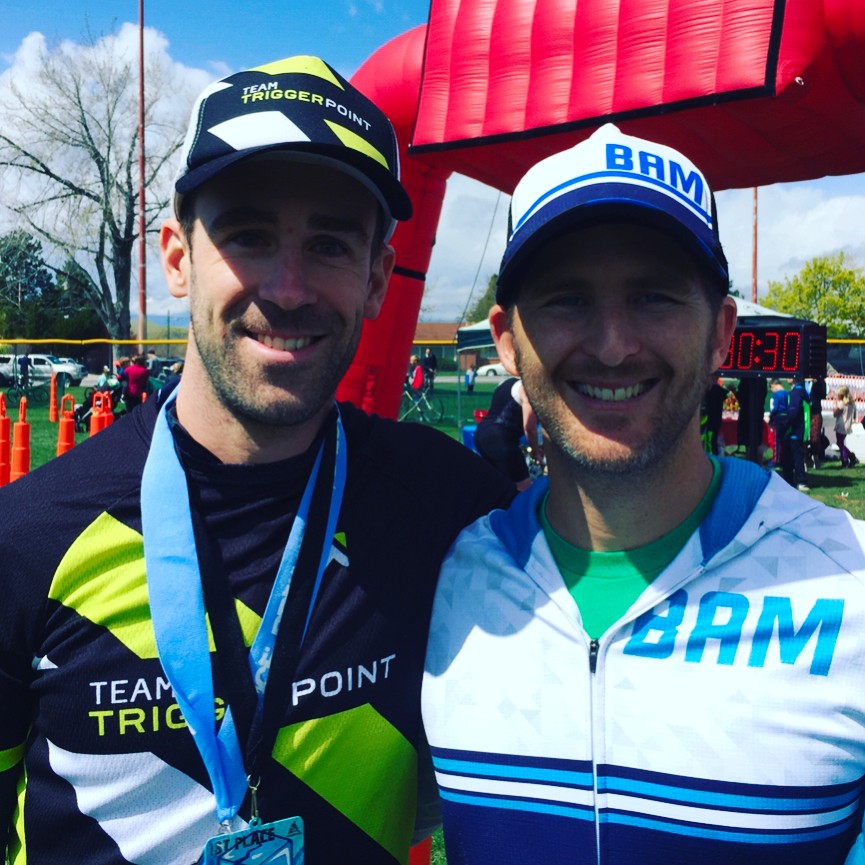Ideas for LDS Sacrament Meeting Talks
A friend posted: “I need some good topics for Sunday speakers. Hit me up with topics you have liked or would like to hear about.” Without any hesitation I banged out this list of ideas for LDS sacrament meeting talks.
A few of the immediate reactions:
“If I ever write a book, you’re picking the title.”
“Holy cow! Where did all these come from? Seriously the titles alone speak a sermon.”
“Nat holy cow. If you just came up with those that is mind blowing.”
Spice up your Sunday meetings with these starting points off the beaten path.
If you write a sacrament talk or ask someone to speak from one of these titles, send me a copy or comment.
34 Ideas for LDS Sacrament Meeting Talks
When People Don’t Apologize: Forgiving and finding reconciliation with God
Would borrow from Forgiveness + Tribulation, a talk I gave fall 2019.
Honoring Fallen Parents: The Fifth Commandment and Romans 3:23
The Fifth Commandment enjoins: “Honor thy father and thy mother.”
Romans 3:23 says: “For all have sinned, and come short of the glory of God.”
How can we, how do we, honor parents … when they have ALL fallen short—at best—and done real harm, at worst?
Mediating Identities: Being an independent agent AND part of a family, part of a ward, part of a Church at the same time
… for there is a God, and he hath created all things … both things to act and things to be acted upon … Wherefore, the Lord God gave unto man that he should act for himself.
2 Nephi 2:14-16
[M]en should be anxiously engaged in a good cause, and do many things of their own free will … For the power is in them, wherein they are agents unto themselves.
D&C 58:26-27
vs.
And let every man esteem his brother as himself … And again I say unto you, let every man esteem his brother as himself. For what man among you having twelve sons, and is no respecter of them, and they serve him obediently, and he saith unto the one: Be thou clothed in robes and sit thou here; and to the other: Be thou clothed in rags and sit thou there—and looketh upon his sons and saith I am just? Behold, this I have given unto you as a parable, and it is even as I am. I say unto you, be one; and if ye are not one ye are not mine.
D&C 38:24-27
And the glory which thou gavest me I have given them; that they may be one, even as we are one: I in them, and thou in me, that they may be made perfect in one.
John 17:22-23
Forgiving Ourselves: Letting go of shame, expectation, guilt and perfectionism
The Appeal of Hakuna Matata, and Gospel Prompts for Finding + Making Meaning in Shouldering Responsibility
“Time Isn’t Found, It Is Made” — and other pedestrian truisms the gospel turns upside down
I believe “time isn’t found, it is made” is a Henry B Eyring line. Need to verify.
We’re All Wart: How The Sword and the Stone helped me rediscover what it means to be a child of God
There’s so much to unpack from these opening 8 lines.
Heavenly Mother & The Tree of Life: Symbols of Divine Femininity
7 Years of Plenty and 7 Years of Famine: What I am really learning to lay up in store for my family
The Good Samaritan: Seeing myself in every character
I Am Alma Too: Conversations with my present-day children of varying degrees of faith
(I don’t have kids. To someone who does, go for it.)






























